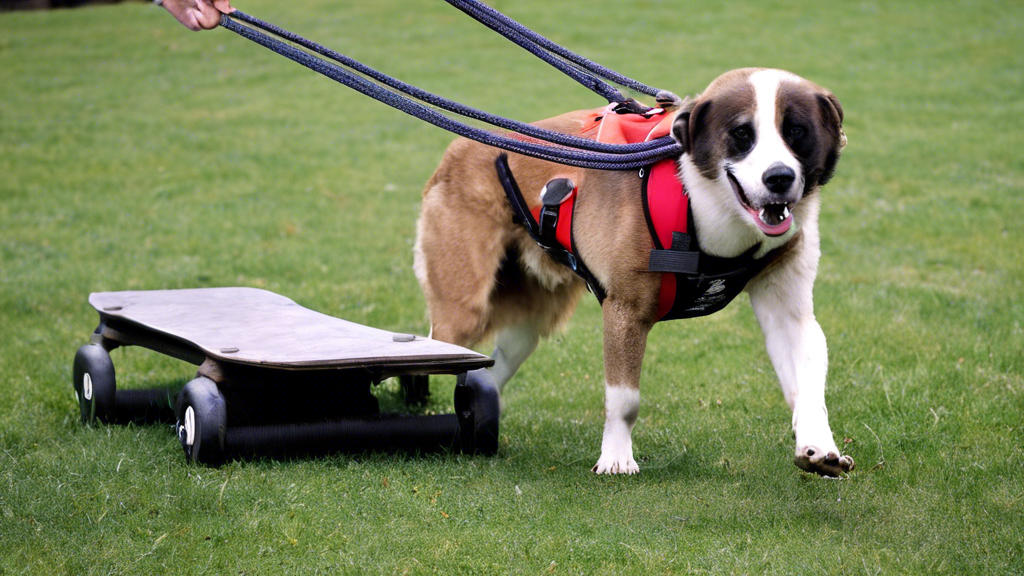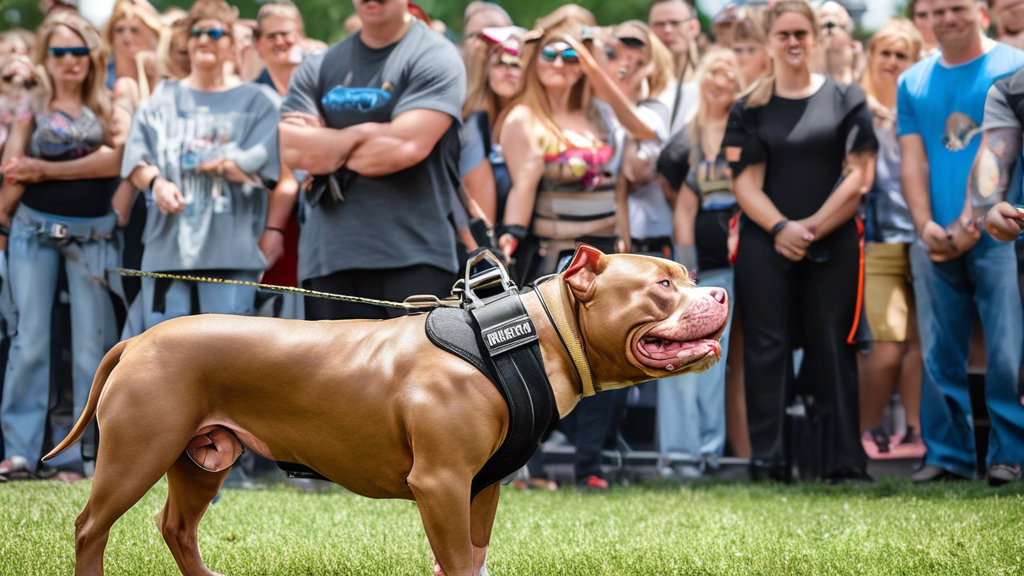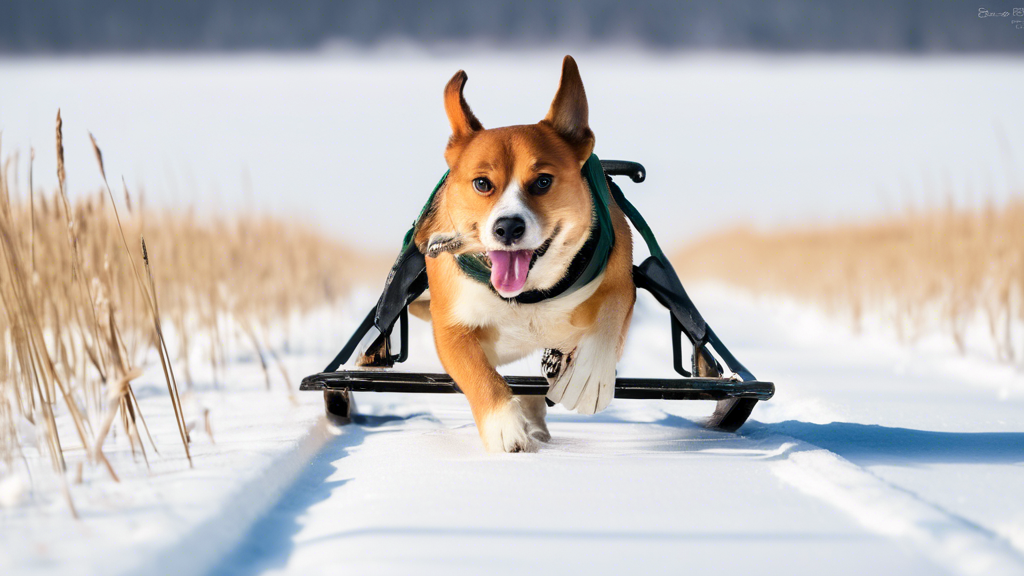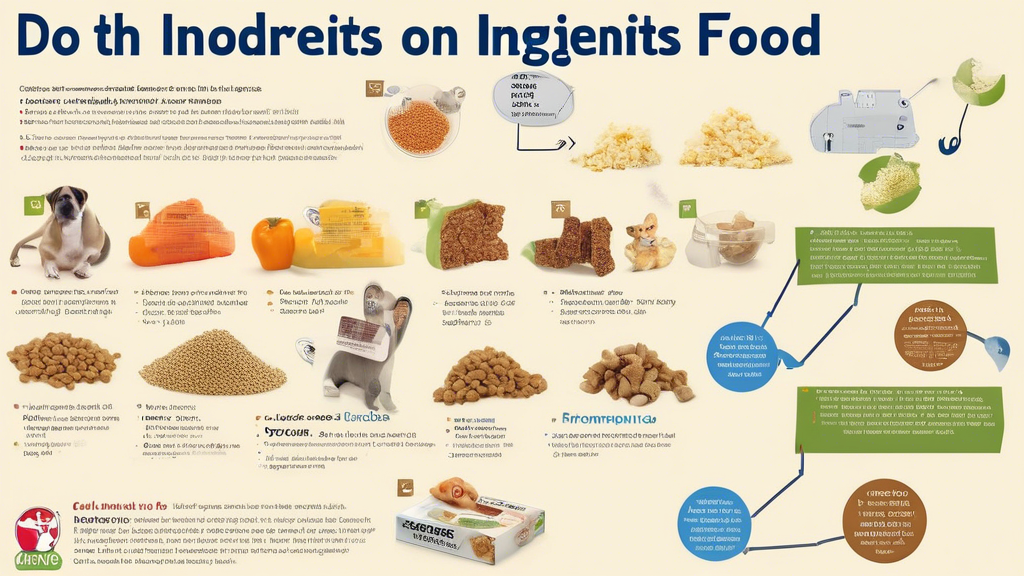## How to Train Your Pitbull for Weight Pulling: A Guide to Safe and Effective Training
**Introduction:**
Weight pulling is an exciting and rewarding activity that can provide numerous benefits for pitbulls. It not only enhances their physical prowess but also stimulates their minds and reinforces their bond with their handlers. This article provides a comprehensive guide to responsible and ethical weight pulling training for pitbulls, ensuring a safe and successful experience for both the dog and the owner.
**Benefits of Weight Pulling for Pitbulls:**
* **Improved Physical Fitness:** Weight pulling engages multiple muscle groups, promoting muscular development, cardiovascular endurance, and overall joint health.
* **Mental Stimulation:** The cognitive challenges of weight pulling improve focus, problem-solving abilities, and the dog’s attention span.
* **Bonding with Owner:** The training process fosters a strong bond between the pitbull and its owner, based on trust, communication, and mutual respect.
## Training Methodology and Techniques
### Equipment Selection
Choosing the right equipment is crucial for safe and effective weight pulling training. Here’s what you’ll need:
– **Weight Pulling Harness:** A well-fitted harness designed specifically for weight pulling. Avoid using collars or leashes, as they can cause discomfort or injury.
– **Weight Sled:** A specially designed sled with an adjustable weight capacity. The sled should be heavy enough to provide a challenge but not too heavy for your pitbull’s abilities.
– **Safety Gear:** Safety is paramount. For both you and your pitbull, use gloves, sturdy shoes, and protective eyewear during training.
### Building Foundation Skills
Before introducing weight pulling, establish a strong foundation of obedience and control. This includes teaching basic commands such as sit, stay, come, and heel. Your pitbull should also be comfortable and responsive to leash handling.
### Gradual Weight Increase
Start with a weight that is approximately 25% of your pitbull’s body weight. Gradually increase the weight by 5-10% per session, as your pitbull builds strength and endurance. Avoid overloading your pitbull, as this can lead to injuries.
### Motivation and Reinforcement Strategies
Positive reinforcement is essential for effective training. Reward your pitbull with high-value treats, praise, or play whenever they successfully complete a pull. Keep training sessions short and engaging to maintain motivation.
### Training Protocol
**Phase 1: Introduction to Weight Pulling**
– Familiarize your pitbull with the weight pulling harness.
– Allow them to gently pull a lightweight sled for short distances.
– Gradually increase the distance and weight as they gain confidence.
**Phase 2: Building Strength and Endurance**
– Use a heavier sled and increase the pulling distance gradually.
– Encourage your pitbull to pull for 10-15 seconds at a time.
– Provide ample rest between pulls and monitor their energy levels.
**Phase 3: Advanced Training**
– Increase the weight and distance significantly.
– Challenge your pitbull with obstacles such as inclines or uneven terrain.
– Implement advanced techniques such as tandem pulling or multiple sleds.
The #1 Free Source for Pitbull & Bully Pedigrees!

## Training Methodology and Techniques
### Equipment Selection
– **Harness:** Choose a well-fitting, padded harness specifically designed for weight pulling.
– **Weight sled:** Start with a lightweight sled and gradually increase the weight as your dog’s strength improves.
– **Leash:** Use a short, sturdy leash to connect your dog to the sled.
### Building Foundation Skills
– **Heel:** Train your dog to walk consistently at your side without pulling.
– **Stay:** Teach your dog to remain in a stationary position until released.
– **Recall:** Ensure your dog responds promptly to your command to return to you.
### Gradual Weight Increase
1. **Start slowly:** Begin with a weight that allows your dog to pull for short distances without excessive strain.
2. **Monitor progress:** Gradually increase the weight by small increments as your dog builds strength and endurance.
3. **Rest and recovery:** Provide ample rest periods between sets and training sessions to prevent injury.
### Motivation and Reinforcement Strategies
– **Positive reinforcement:** Reward your dog with treats, praise, or play for desired behaviors.
– **Motivation triggers:** Find what motivates your dog, such as favorite toys or food, and use it as a reward during training.
– **Avoid punishment:** Never punish your dog for mistakes. Instead, redirect their attention to the correct behavior.
### Training Schedule
– **Frequency:** Aim for at least 3-4 training sessions per week.
– **Duration:** Start with short sessions of 5-10 minutes and gradually increase the duration as your dog’s fitness improves.
– **Intensity:** Monitor your dog’s energy levels and adjust the intensity accordingly.
### Safety Precautions
– **Veterinary approval:** Consult a veterinarian before starting any weight pulling training program.
– **Warm-up and cool-down:** Gradually warm up your dog before pulling and cool them down afterward to prevent muscle strain.
– **Hydration:** Provide plenty of fresh water during and after training sessions.
– **Monitor your dog:** Pay attention to your dog’s body language and stop training if they show signs of discomfort or fatigue.
**Conclusion**
Training your pitbull for weight pulling can be a rewarding and beneficial experience for both you and your furry companion. By following the principles outlined in this article and adhering to responsible and ethical training practices, you can help your pitbull develop physical strength, mental resilience, and a strong bond with you.
Remember, weight pulling is an advanced training activity that requires patience, dedication, and proper supervision. Always consult with a qualified veterinarian or experienced weight pulling professional before starting your training program. By gradually increasing the weight and motivating your pitbull with positive reinforcement techniques, you can provide them with a challenging and fulfilling workout that enhances their overall well-being.














Leave A Comment